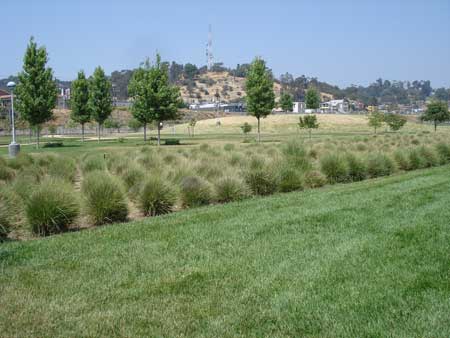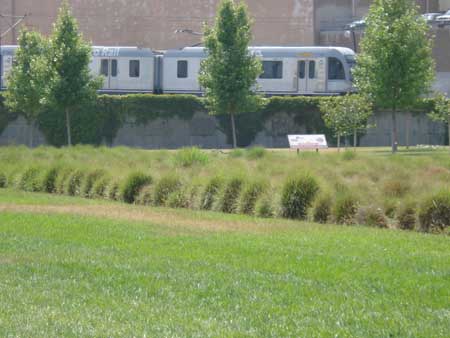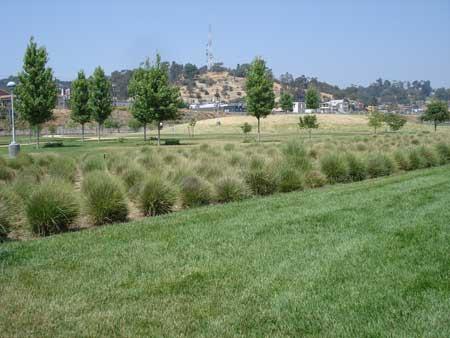
A few months ago I attended the Grilled Cheese Festival held at the Los Angeles State Historic Park, off Spring Street, north of the Chinatown Goldline metro stop. I didn’t make the art connection until I learned from assistant curator Rita Gonzalez that this was the same park where Lauren Bon’s art project Not a Cornfield took place a few years ago. Now it is one of a number of sites on the Governor’s proposed list of state parks to shut down, its fate unclear as lawmakers determine which parks will close sometime after Labor Day.
Most commonly known as the Cornfield, the 32-acre parcel has gone through a series of transformations throughout history. Once the land of the native Tongva-Gabrielenos, it became a settlement of primarily Mexican and Chinese immigrants in the mid to late 1800s. During the twentieth century it served as a trainyard, accumulating years of industrial waste on once fertile ground. After the property was purchased by the Trust for Public Land in 2001 and turned over to the California parks department, Lauren Bon initiated a long-term art project designed to engage the community and renew the land as public space. Volunteers sowed, tended, and harvested corn, a socially responsible undertaking using conceptual art methodology as its guide (an exhibition on this project concluded last month in Rochester, New York). By marrying community involvement with artistic innovation, the project created a renewed recreational space for Angelenos in the center of urban sprawl.

The trend for socially responsible art projects has been apparent for quite some time; Berin Golonu credited notable works in Art Papers such as Agnes Denes’s Wheatfield—A Confrontation, Amy Francheschini and Jon Bela’s Victory Gardens in San Francisco, and Fritz Haeg’s nationwide Edible Estates. These projects may well lead more artists to combine art and environmental sustainability, and it will be interesting to see how museums respond (Haeg’s Animal Estates exhibited at the Whitney last year).
While the LA State Historic Park is not fully completed, about half of the land is temporarily accessible to the public, with didactic panels noting the history of the area and its plans for future development. As we look to the coming months to see which parks will remain open, historic parks with high maintenance costs have become a factor due to the state’s financial deficit and the spotty economy. In the meantime, should a number of parks close due to budget cuts, we can only hope innovative ways will be found to keep them creatively occupied.



